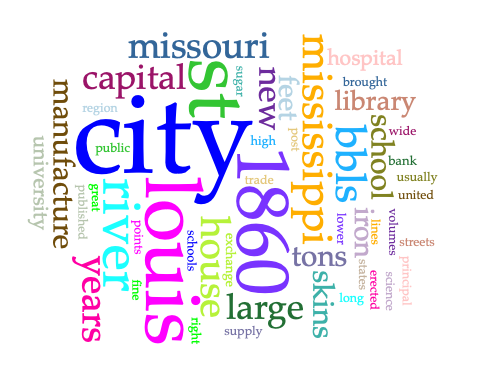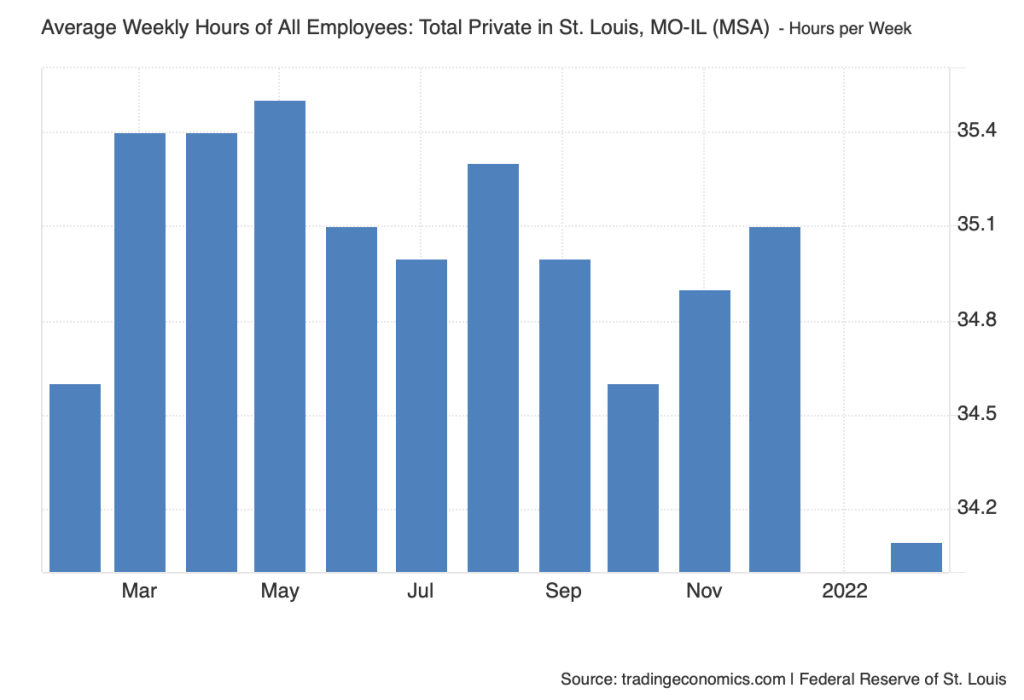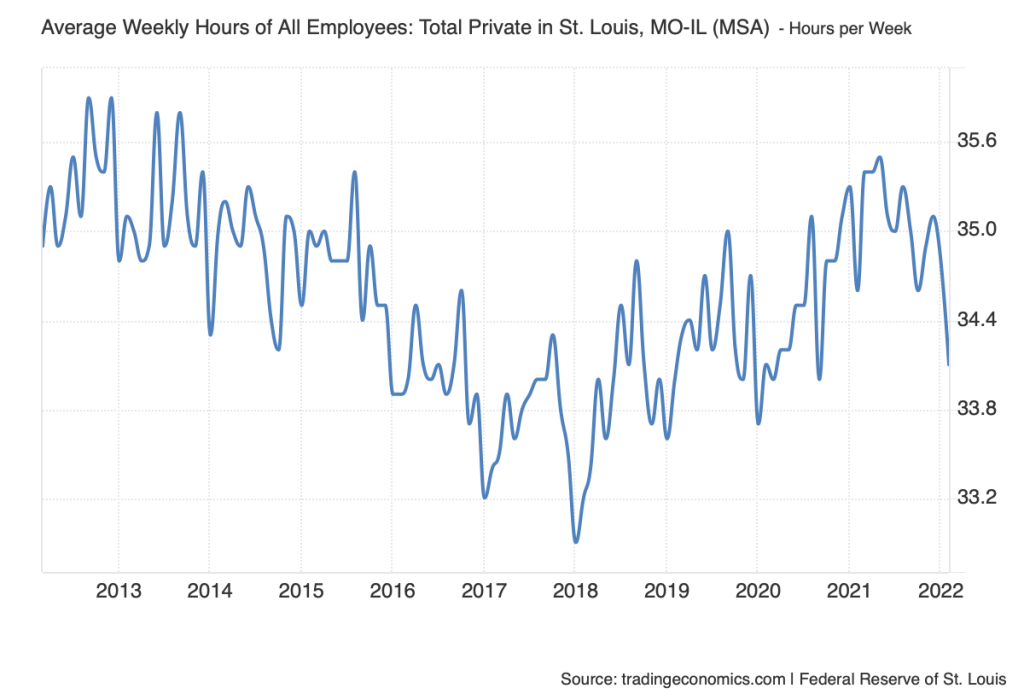Big budget Hollywood films could be shot anywhere in the world including the gateway to the west: St Louis, Missouri. Since the start of large scale film productions, St Louis has had involvement in multiple feature length films. The relevance of St Louis as a filming location has declined steeply over the decades. Through this project I want to detail the rise and fall of film productions in St Louis, Missouri and the potential of a return by Hollywood to the Show Me State.
St. Louis has been the setting for several notable films. The 1944 musical Meet Me in St. Louis, while filmed on backlots in Los Angeles, California, brought national attention to the city with its portrayal of the 1904 World’s Fair in St Louis. In 1981, Escape from New York used East St. Louis as a stand in for New York City in a dystopian future. More recently, Up in the Air (2009), starring George Clooney, was primarily filmed in St. Louis, featuring scenes at Lambert-St. Louis International Airport, Affton High School, and other local landmarks.
Despite its earlier popularity, St. Louis saw a decline in film productions due to several factors. The main contributor was the expiration of Missouri’s film tax credit program in 2013, which had previously incentivized productions to film in the state. This lapse made Missouri less competitive compared to other states like California, Illinois, or Atlanta, which offered more attractive tax incentives. This resulted in the local film infrastructure, including crew availability and equipment rental service to decline as the years went on. These factor’s all impacted the appeal of the city to big studio filmmakers.
In 2023 the Missouri government decided to put the Show MO Act in place, which reintroduced film tax incentives to attract productions to return to the State. The act offers a base 20% tax credit on qualifying expenses, with additional incentives for filming in rural or blighted areas, hiring Missouri residents, and positive depiction of the state. . The Show MO Act is in place through 2028 and aims to bring the local film industry back to its former glory by encouraging productions to utilize Missouri’s diverse locations and talent. The act’s implementation has already shown promise just a few years separated from its initial signing, with increased interest from filmmakers and potential economic benefits for communities like St. Louis.
St. Louis’s rich cinematic history, from classic films like Meet Me in St. Louis to newer pieces like Up in the Air, showcases its potential as a filming location for big budget Hollywood productions. While the city experienced a decline in film productions due to the expiration of tax incentives, the introduction of the Show MO Act presents an opportunity to rejuvenate the local film industry. By using its unique settings and the benefits offered by the new incentives, St. Louis may once again become a sought-after destination for filmmakers from around the world.
SOURCES:
“Filming Locations for Escape from New York (1981), in Missouri, Los Angeles and New York.” The Worldwide Guide to Movie Locations, movie-locations.com/movies/e/Escape-From-New-York.php. Accessed 6 May 2025.
Hawkins, Ty. St. Louis Rises as Major Filming Location with Motion Media …, 22 Apr. 2025, fox2now.com/news/missouri/st-louis-rises-as-major-filming-location-with-motion-media-tax-credit.
“Meet Me in St. Louis.” Wikipedia, Wikimedia Foundation, 3 May 2025, en.wikipedia.org/wiki/Meet_Me_in_St._Louis.
Narula, Vidhi. “Up in the Air: Where Was the 2009 Movie Filmed?” The Cinemaholic, 2 Nov. 2022, thecinemaholic.com/where-was-up-in-the-air-filmed/.
SB94 – Establishes Tax Credits for the Production of Certain Entertainment, senate.mo.gov/23info/BTS_Web/Bill.aspx?BillID=44658&SessionType=r&utm_s. Accessed 6 May 2025.
“Tax Credit Program Putting Missouri Back in the Spotlight for Filmmakers.” Missouri Chamber, mochamber.com/news-archive/tax-credit-program-putting-missouri-back-in-the-spotlight-for-filmmakers/. Accessed 6 May 2025.
“Up in the Air (2009 Film).” Wikipedia, Wikimedia Foundation, 2 May 2025, en.wikipedia.org/wiki/Up_in_the_Air_%282009_film%29?utm.





